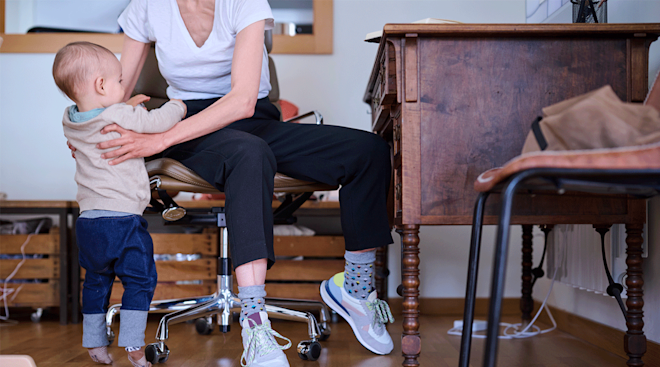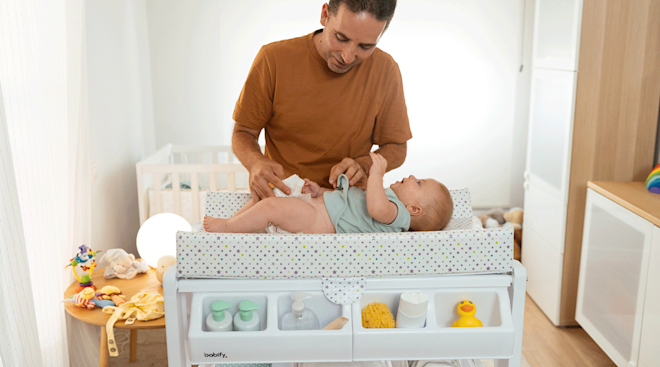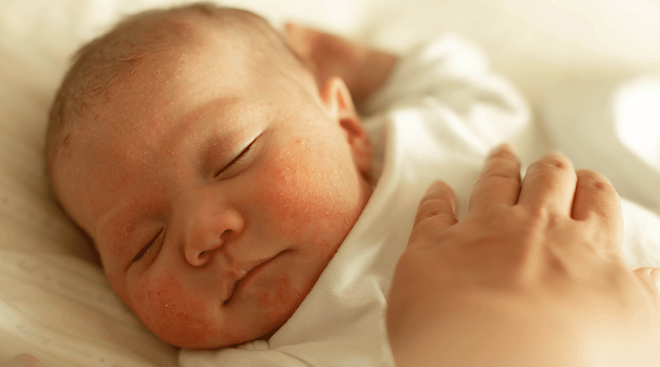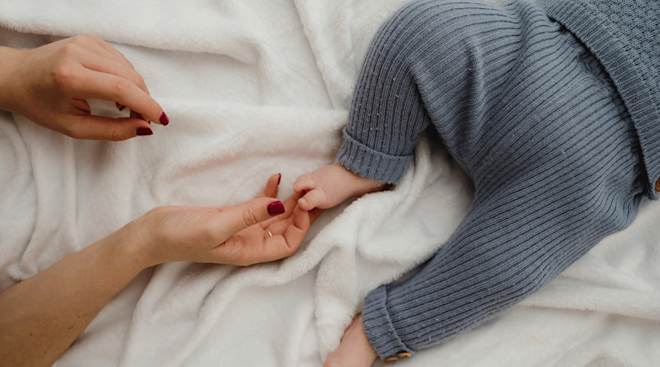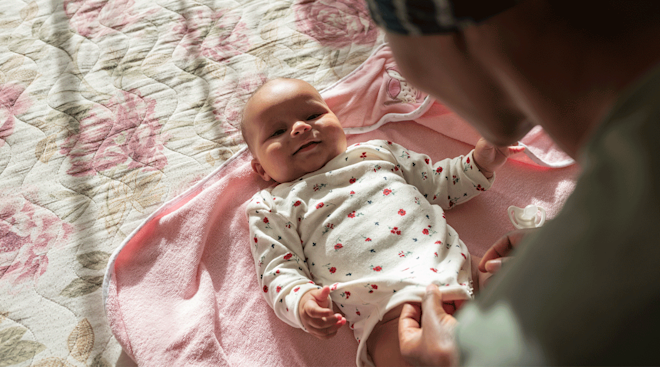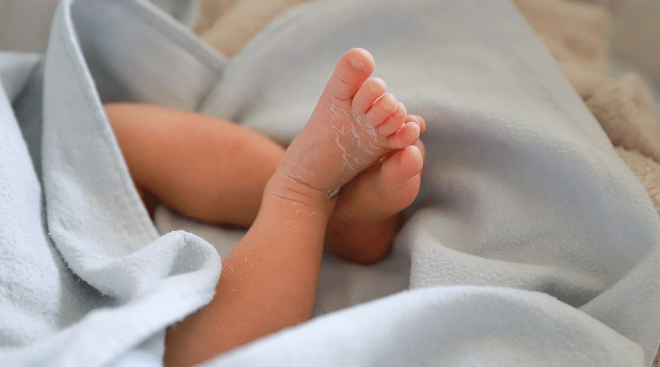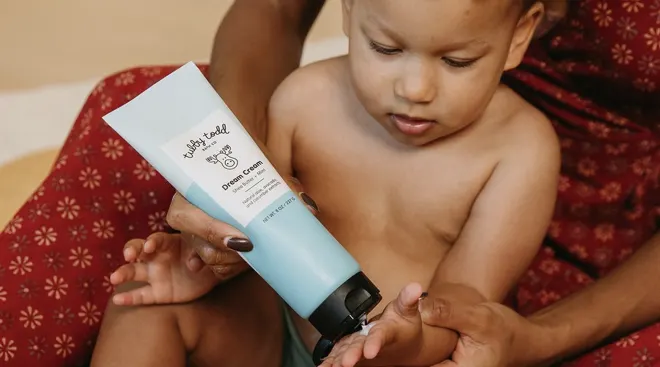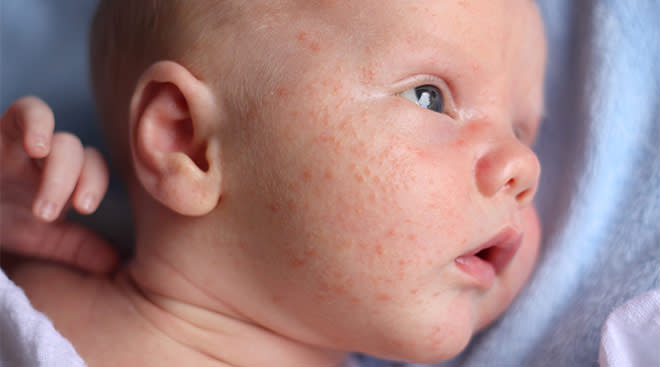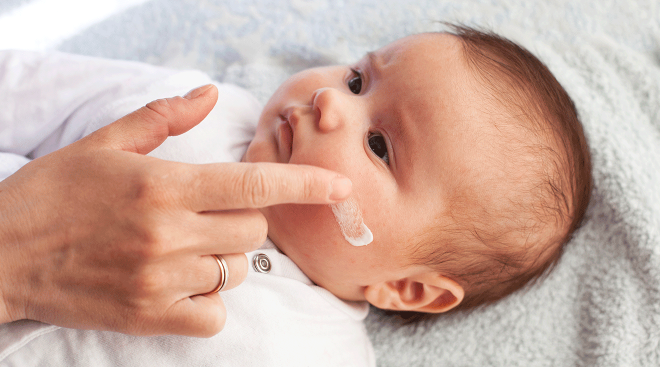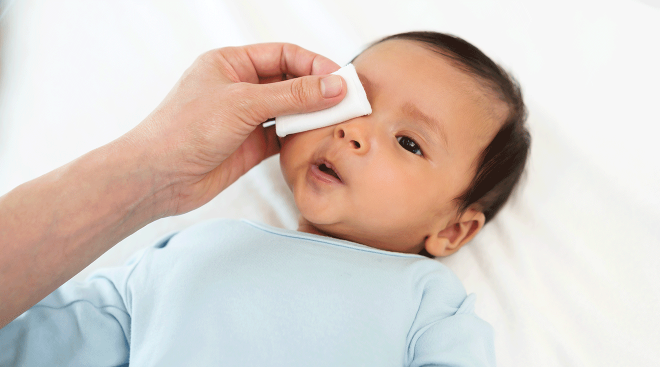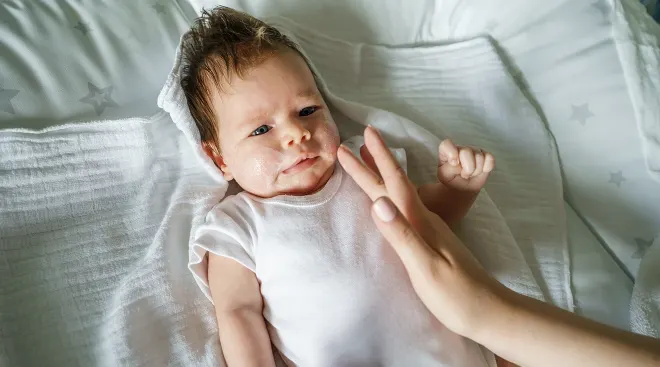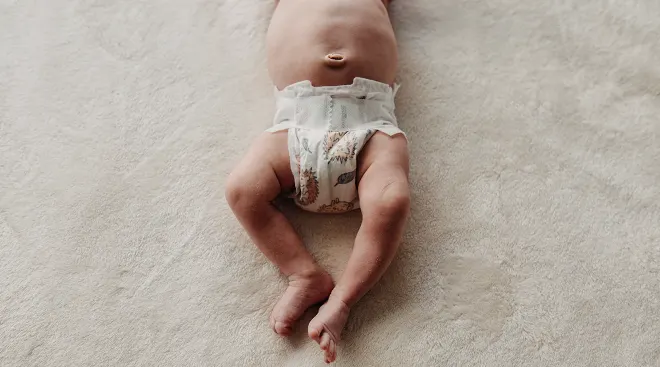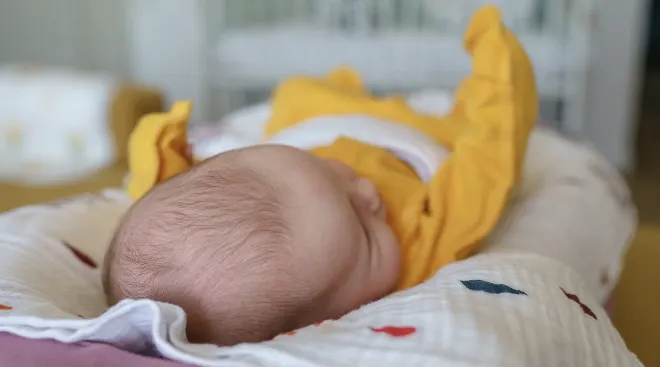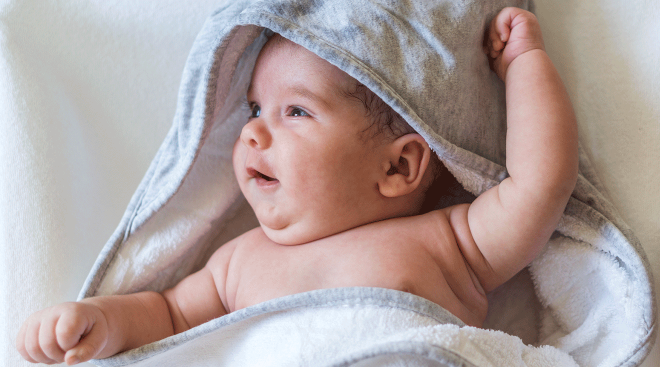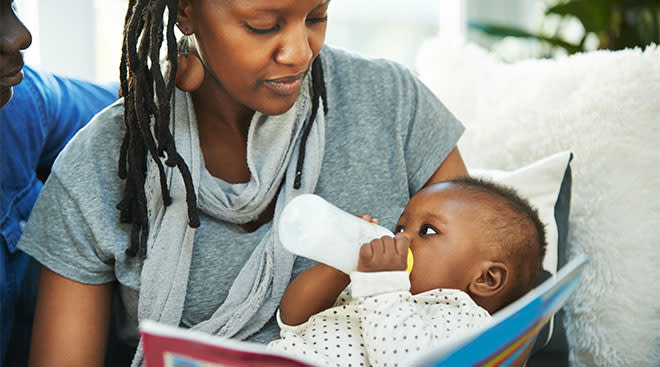Paleness in Babies
What is paleness in babies?
Is your baby or toddler looking a little ghostly and it’s not even close to Halloween? Changes in skin color can sometimes signal an underlying illness or concern.
What could be causing my baby to be so pale?
A cold or other virus can sometimes cause your baby or toddler to look a little pale or peaked. A less common cause may be anemia, or an iron deficiency that creates a reduction in oxygen-carrying red blood cells. (If she’s anemic, she may also seem more irritable and low in energy, and not be eating very well.) Premature babies are more susceptible to anemia.
When should I take my pale baby to the doctor?
If baby’s pale complexion appears suddenly (compared to her previous hue) and continues for more than a few days, talk to your doctor to rule out anemia or a more serious concern. However, if it’s more of a blue tone or accompanied by other severe symptoms (difficulty breathing, seizures) go to the ER or your doctor immediately.
What should I do to treat my baby’s paleness?
If she’s suffering from a virus (signs: she’s got a fever, she’s not eating, she’s low on energy), it will usually resolve on its own, but give her the usual TLC along with some acetaminophen or ibuprofen (ibuprofen only after six months of age). If your doctor determines that she’s anemic, he may give you dietary supplements or fortifications to help boost her iron levels.
Please note: The Bump and the materials and information it contains are not intended to, and do not constitute, medical or other health advice or diagnosis and should not be used as such. You should always consult with a qualified physician or health professional about your specific circumstances.
Navigate forward to interact with the calendar and select a date. Press the question mark key to get the keyboard shortcuts for changing dates.



































